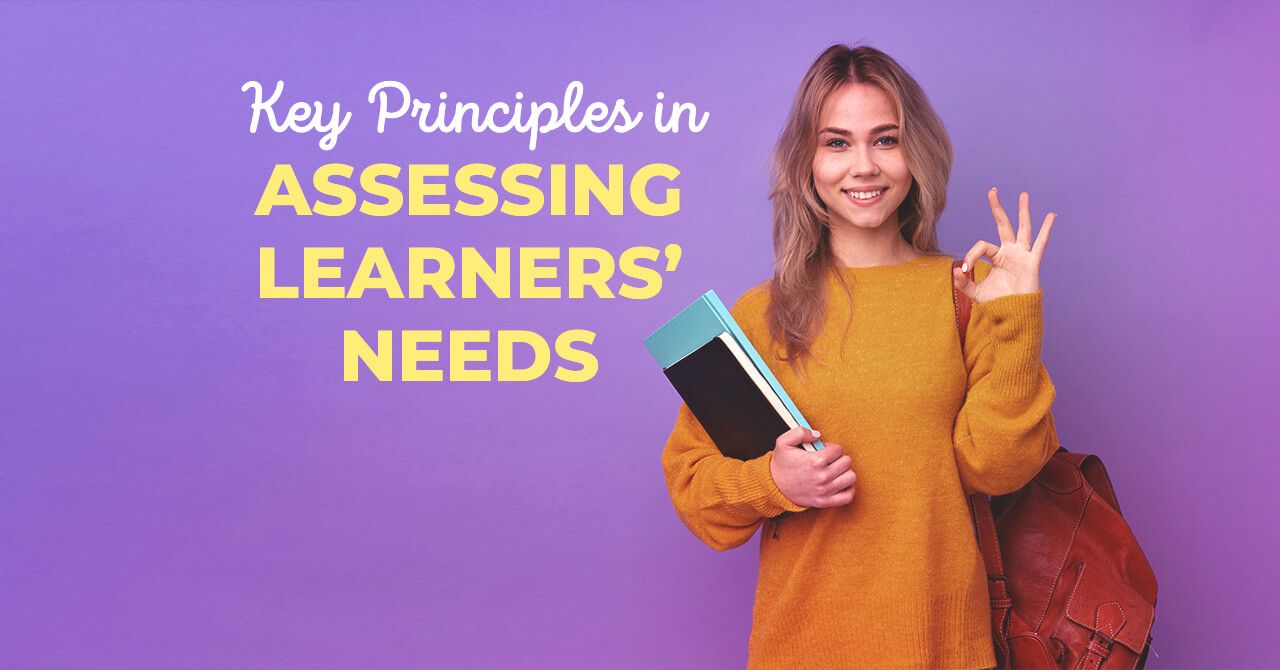
Key Principles in Assessing Learners’ Needs
Provide useful and relevant instructions
Learning a new language means that the individual will be able to use the new language skills outside of the classroom. Students need to know that authentic English from the real world will be incorporated into the lessons. These activities are the keystone of the communicative language approach. At the end of each class, students must be able to use at least one new idea or skill. A skillful teacher will explain how they do things in class. Moreover, they will clarify why they do it in a certain way. For example, the importance of using the communicative method should be supported with examples of meaningful communication: “You will be able to order a meal without pointing to the picture on the menu.”
Do you need to be corrected?
Some learners may feel uncomfortable when they are corrected by the teacher. You should remember that every student learns best when encouraged to maintain communication without being anxious about making mistakes. Therefore, when the teacher asks if you want to be corrected, say “Yes.” The more opportunities the teacher creates to motivate the student to speak, the more the student will be engaged with using the English they have learned. Remember that a well-trained teacher will allow learners—especially beginners—to focus on the content rather than grammar structures. When mistakes occur, the teacher should refer to them and plan to work on them. Mistakes should not be neglected. If errors are not corrected, the student will continue to make the same mistake, and it may remain forever.
Learning about culture is an important part of language learning
Language is a part of the culture. No matter how proficient you are, you need to immerse yourself equally in the language and culture. Some learners find it difficult to put themselves in a given cultural context if it is different from their own culture. In the beginning, the teacher should communicate with learners the idea of learning about a new culture in order to communicate effectively with English speakers. Culture is being incorporated into every segment of learning, regardless of whether you learn about grammar tenses or discuss social issues in class. Why is this important? Once you understand the similarities and differences, you will be able to blend the two cultures and gain cultural awareness that will help you avoid culture shock in interactions.
Trial lesson—Different solutions for different needs
During the trial lesson, in particular, the teacher creates the learner’s profile. This is a useful asset for creating the learning material for each student. Learners differ in their needs, goals, culture, and even motivation. The trial lesson is not only to meet the teacher and see how they deliver a lesson. At this point, the teacher creates a picture of a possible lesson outline that will be unique, just like every individual learner.
EFL Teacher and Social Science Educator Helping students achieve desired learning outcomes Writing articles, and poetry Volunteering in translating TED Talks

